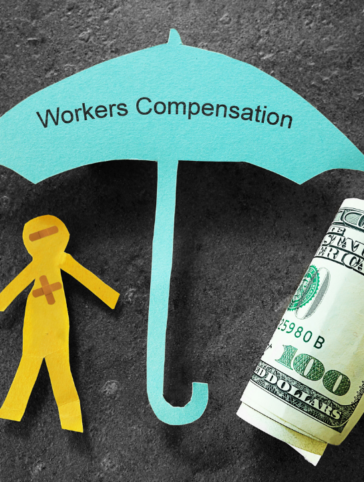
Feb 19, 2025
Emerging Workers’ Compensation RisksAs a portable sanitation provider, you’re always on the move – and that brings risks. Inland marine, commercial auto, and portable sanitation insurance help you manage your transportation risks. Without cost control measures, though, coverage can become expensive. By implementing strategies to control your inland marine and auto insurance costs, you can both maintain sufficient coverage and manage costs.
Commercial auto insurance includes property liability, bodily injury liability, collision, and comprehensive insurance, along with other coverage types that protect your fleet. Recently, commercial auto rates have been increasing, possibly due to increased risks. For example, Swiss Re says climate change is leading to an increase in extreme weather events, which is causing an increase in insured losses.
Furthermore, research from the University of Colorado Boulder discovered there was a 25% increase in crash severity during the pandemic. To make matters worse, rising jury verdicts and inflation are leading to higher costs for at-fault parties in crashes. According to the Insurance Information Institute, social inflation added $30 billion to commercial auto liability claims between 2012 and 2021. The combined impact of all these factors on rates is noticeable – the Council of Insurance Agents & Brokers (CIAB) says commercial auto insurance rates increased by 10.4% in the second quarter of 2023.
Inland marine insurance covers items during transport over land. Many of the risks that are impacting commercial auto insurance are also impacting inland marine insurance, including rising crash severity, natural disasters, and inflation. Cargo theft is another critical risk factor. According to CargoNet, theft involving heavy commercial vehicles increased by 17% in 2022. MarketScout says inland marine insurance rates were up 5% in the second quarter of 2023.
Since both rates and risks are rising, portable sanitation companies should consider proactively controlling their exposures.
Risky driving behaviors elevate the risk of a crash, potentially leading to injury, loss of life, property damage, and higher insurance rates. You can reduce your exposures, lower your costs, and keep your drivers and others on the road safe by encouraging better driving practices.
Screen job applicants, train your workers, provide safety reminders, and enforce policies that prioritize safety. Focus on four areas in particular:
You obviously don’t want your drivers heading into a hurricane, but you also need to be on the lookout for smaller storms and flashfloods. Swiss Re says 70% of all insured natural catastrophe losses in the first half of 2023 were caused by severe thunderstorms. Keep an eye on the weather forecast and plan accordingly.
Although cargo thieves are more likely to be interested in electronics than portable sanitation supplies, your fleet may still be vulnerable to crimes like vandalism and catalytic converter theft.
When your vehicles are at your property, you can reduce the chance of crime with cameras, lighting, and security. Take steps to protect your vehicles when they’re on route by requiring drivers to park in safe areas and securing vehicles with locks, alarms, and GPS tracking.
Modern technology can help you control your risks. The three main options you have are:
Faulty brakes, worn tires, and other issues with your vehicle can contribute to crashes and increase your liability. Perform routine maintenance to keep your fleet in tiptop shape. This will help you avoid bigger costs from crashes, liability, and more complicated repairs. Fleet management software and telematics programs can help you make sure you don’t miss anything.
Tangram’s portable sanitation insurance program caters to the industry’s unique risks and coverage requirements. Our team has experience providing industry-specific loss prevention and claims handling support. Learn more.